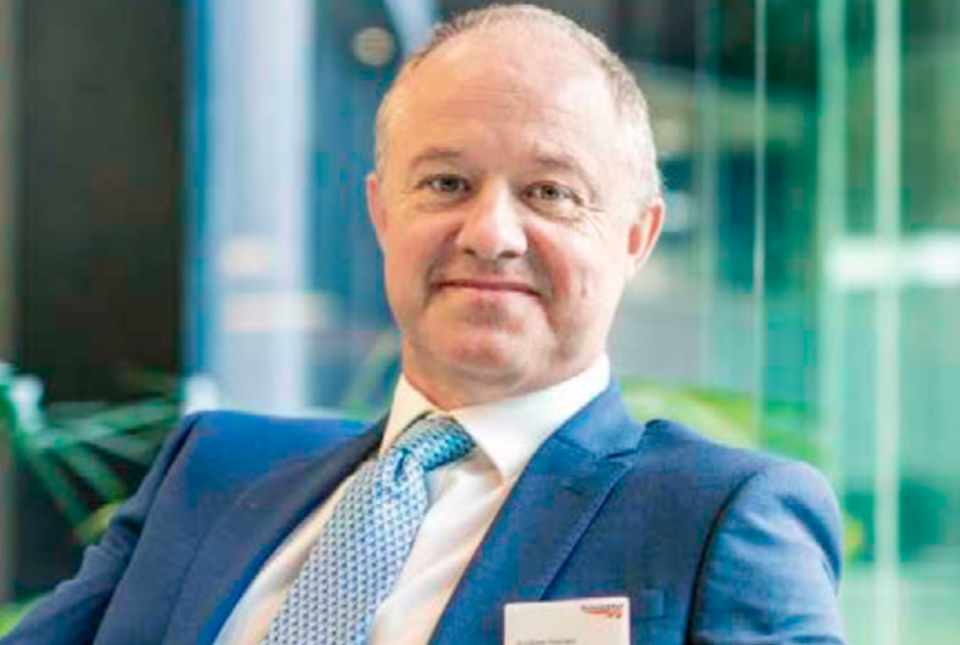Network Rail combats global warming

The UK infrastructure agency, Network Rail, is the first railway company in the world to set ambitious science-based targets to limit global warming. The commitments are independently qualified and quantified, committing Network Rail to cutting emissions which limit warming to one and a half degrees Celsius, a harder target than the two degrees scientists declared necessary to meet the Paris Agreement.
Although the self-imposed limits are not legally binding, Network Rail’s decision to widely announce their targets in the public domain effectively makes them incontrovertible policy. “We’re on an important journey”, said their chief executive Andrew Haines. “An important journey to support the government’s target of being net-zero by 2050, to help the country build back better as we recover from the pandemic and to help passengers and freight users make the greenest choices they can.”
Already the cleanest and greenest
With the commitment and strategy only a matter of days old, many senior industry figures, including Network Rail’s Martin Frobisher, their ‘group safety and engineering director, technical authority’, gathered for an on-line conference, challenging the issues of climate change and the rail sector’s part in combatting it. Legal firm, Addleshaw Goddard, who organised the event, said in a statement that transport is the largest contributor to carbon emissions in the UK. “What steps is the transport industry taking now help drive down emissions and help ensure that as a nation, the UK meets it legally binding agreement to be carbon neutral by 2050”, they asked.

That is a question Network Rail is at pains to answer. Chief executive Haines argues that rail is already the cleanest and greenest mode of transporting large numbers of people and goods. “We’re committed to cutting our carbon footprint even further”, he said. “That’s why we’ve set carbon reduction targets backed by science rather than simply ones we think are easy to achieve. We are the first railway in the world to set targets that will help limit global warming to 1.5 degrees and this shows our commitment to change.”
Proactive energy generation policy
Network Rail says it already uses renewable sources to power its stations, depots and offices. It is also encouraging supply chain partners to be as green as possible, and trials are also underway to electrify its road fleet. In addition, the company is looking at how it can use its land to actually generate renewable electricity as well as support biodiversity.
The infrastructure management agency would not be the first to signal that possibility. An independent pilot project, Riding Sunbeams, has been underway for a year already, with the lofty ambition of powering rail travel from solar energy generated at lineside.
The science behind the declaration
The UK government has committed to a net-zero economy by 2050, and it has targeted transport as a key element in achieving that goal. Rail freight operators have frequently replied with demands for a greater programme of electrification, particularly infill projects on key freight routes, which would enable much greater use of electric traction. However, the bulk of the freight fleet is expected to remain diesel powered for a decade or two, despite every major operator committing to increasing their electric and bi-mode roster.

Cynthia Cummis, who is the director of private sector climate mitigation at the Washington-based World Resources Institute, applauded Network Rail for their stance. The WRI is one of the research bodies behind the Science Based Targets initiative, which forms the basis of the Network Rail plan. “We congratulate Network Rail for becoming the first railway company in the world to set a science-based target aligned with limiting warming to 1.5 degrees, the most ambitious goal of the Paris Agreement”, she said. “By taking ambitious climate action, Network Rail are playing their part in supporting the UK government’s target to achieve net zero emissions by 2050.”
No greenbacks to go green
Network Rail also recently published its long-term environmental sustainability strategy, which this initiative complements. It places Network Rail alongside 195 sovereign signatories to the Paris Agreement. Perhaps even more ambitious is something commentators agree is uncommon from Network Rail. To implement the initiative, no additional funding has been requested.
You just read one of our premium articles free of charge
Want full access? Take advantage of our exclusive offer




